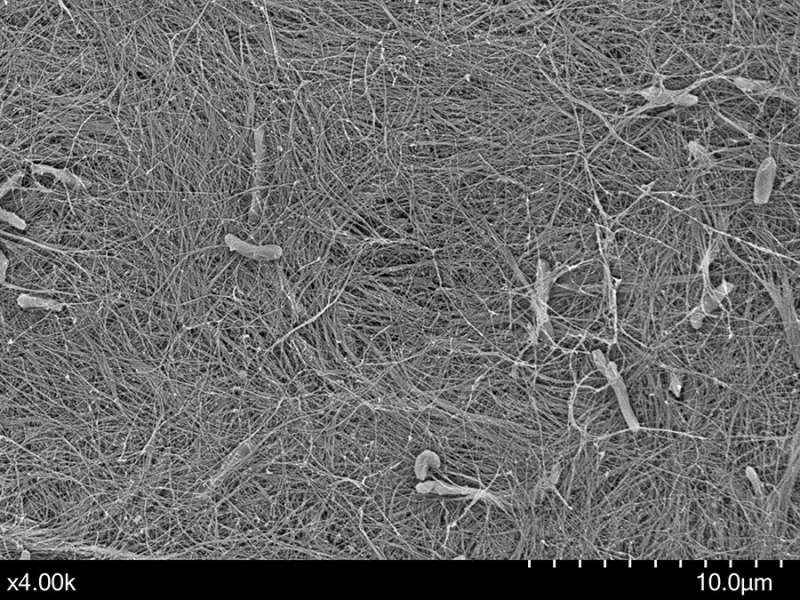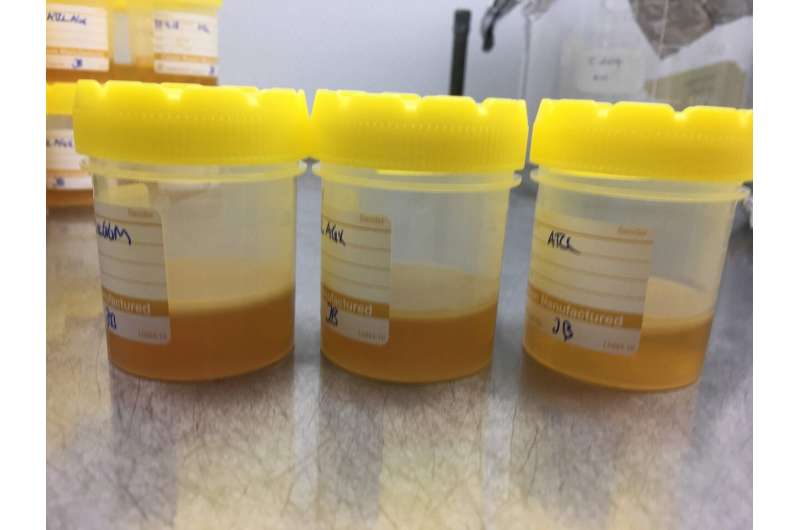Study show what makes plant cell walls compress and stretch

New findings about the building blocks of plant fibers open the door to advances in material engineering as well as food and agriculture, a Swedish-Australian research collaboration reported. The findings, published today in Nature Communications, identify the individual mechanical functions of wood hemicelluloses in plant cell walls for the first time.
A cooperation between researchers from KTH Royal Institute of Technology, the University of Nottingham, and The University of Queensland, the study shows how two hemicelluloses, xylans and mannans, contribute different qualities as they bind together with cellulose to provide plant fiber integrity.
Wood is composed of three basic components: lignin, cellulose and hemicellulose, and the molecular structure of wood depends on whether the main hemicellulose is xylan or mannan, KTH researcher Francisco Vilaplana says. In conifers, like spruce, the primary hemicellulose is mannan. While in flowering plants, like birch, it's xylan.
"What we have found is that xylans and mannans appear to influence differently the biomechanical contributions to cellulose fibrillar networks," Vilaplana says. "Mannans improve the compression, or pulling together of cellulose networks, while xylans improve their extension, or pulling them apart."
Compression and extension are both important in order for plant cells walls to fulfill their role in the structure of wood, Vilaplana says. But with the knowledge of each hemicellulose's role, there are new possibilities for developing better, environmentally-sustainable plant-based materials.

"You could potentially use distinct hemicelluloses to tune properties of biodegradable celluloses, in order to replace everyday petroleum-based products such as plastic film for food storage, where you want stretchability, or foams where you want compressibility," Vilaplana says.
In agriculture, these findings can also be used, for example, in selecting crop varieties with desirable mechanical properties in the field or preferred textural properties when used in foods.
Parsing xylans' and mannans' mechanical effects hasn't been easy, since no wood exists without both hemicellulose components. So the researchers used a method in which a bacterium called Komagataeibacter xylinus synthesizes and secretes pure cellulose. Into the media where this cellulose is secreted, the researchers added pure mannans and xylans separately to observe how they became integrated in the fibrillar network, in much the same way as they would when cell walls, or wood, are produced.
More information: Wood hemicelluloses exert distinct biomechanical contributions to cellulose fibrillar networks, Nature Communications (2020). DOI: 10.1038/s41467-020-18390-z
Journal information: Nature Communications
Provided by KTH Royal Institute of Technology



















